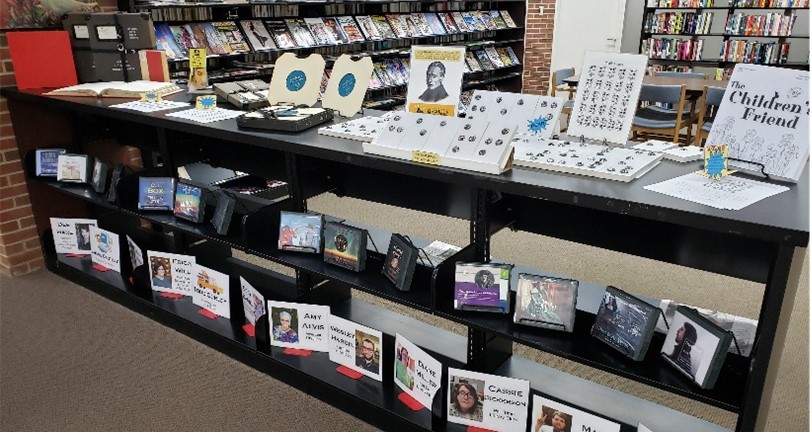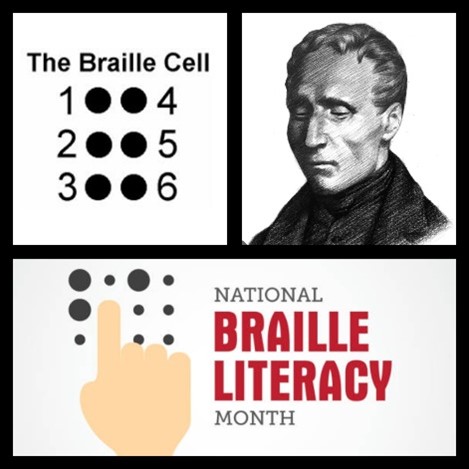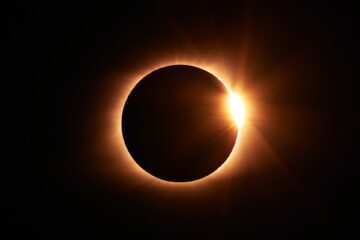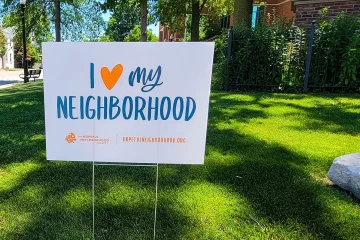How the Blind Read
Amy Alvis, Corinth Assistant Librarian • January 2023
I awoke this morning to a ray of sunshine playing peek-a-boo through the curtains in my room, and the brightness of the new dawning day illuminated my steps as I made my way through the halls of our home. I stopped to gaze out of the window overlooking the driveway and I saw the frost on the windshield of my truck glisten as it melted beneath the warmth of the sun, and watched the shadows of the trees dance as a gentle breeze blew through them in the light of what promised to be a beautiful day.

It was in that moment of quiet gratitude that I paused to consider what it might be like if I could not bear witness to such pleasures… would I awake with a grateful heart if I was unable to see the sun rise in the mornings or set in the evenings? What if every day was spent in a darkness so black that I couldn’t see a single star twinkling in the night sky? I closed my eyes to silence the wanderings of my mind and was delighted to hear the chirping of a bird I had not yet seen and smell the delicious aroma of coffee brewing in the kitchen
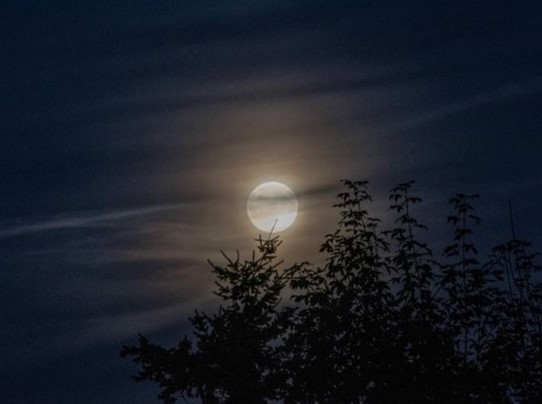
I suppose that experience in and of itself answered my questions. I mean, we all have our own set of natural talents and abilities, face personal challenges, and strive to live our best life according to our own individual definition of success. What a boring world we would live in if every thing and every person was the same, especially considering that our differences can be just as beautiful as our similarities, don’t you think?
So, how do I define success? It’s having a job I love, despite the challenges that may come with it. It’s being able to showcase some of my natural skills and talents in creative and interesting ways. And by that standard of measure, I consider myself successful in my role as Assistant Librarian here at the Corinth Library. For more than a year now, it has been my pleasure to display items in our collection for various holidays and other special days in the library world.
For example, January is recognized as National Braille Literacy Month. Braille is a tactile system by which blind and visually impaired people can read and write. It was developed by Louis Braille in 1824 as a simplified version of the French Army’s use of a dot and dash code known as nightwriting. Braille’s version uses a combination of up to six raised dots in a cell no bigger than a fingertip that represent letters, numbers, punctuation, and even musical notes.
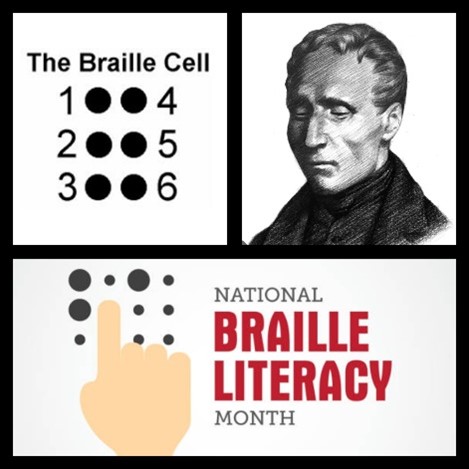
Louis Braille (January 4, 1808 – January 6, 1852), lost his vision due to an infection caused by an injury when he was just 3 years old. In his mid 20s, barely 10 years after developing the Braille system of reading and writing, Louis began teaching history and math at the Royal Institution for Blind Youth. Louis Braille lived an undeniably successful life, in spite of the challenges he faced, and his legacy lives on for the millions of blind and visually impaired people around the world who will continue to benefit from the efforts he made 200 years ago.
Six months ago when I mapped out a series of upcoming displays to recognize special days in the library, I knew that I wanted to present a tactile experience in January as National Braille Literacy Month that our patrons could interact with. My son, a project manager for his wife’s family’s construction company, helped me by making the alphabet cells out of cut wood and glass beads. I made a tray much like what is used in the game of Scrabble and have been delighted to see patrons of all ages spell out various words as they check out the display as a whole.
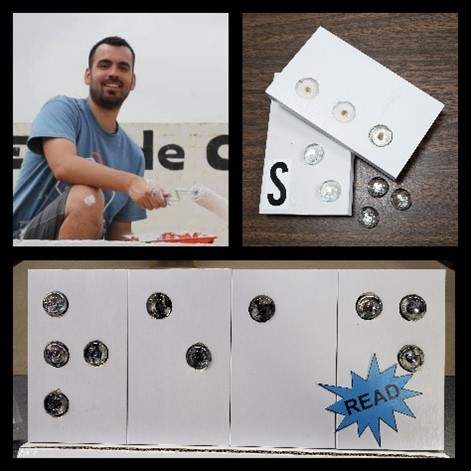
One young patron in particular, Miss Elizabeth Ava West, was so impressed by it that she invited a few of her friends to check it out the next time they visited the library. The girls grabbed some of the activity sheets and compared the letter cells to various signs in Braille posted throughout- it was quite fun seeing them try so hard to read by touch! Since then, Ava has taken it upon herself to embark upon a home study of Helen Keller, another well-known blind person
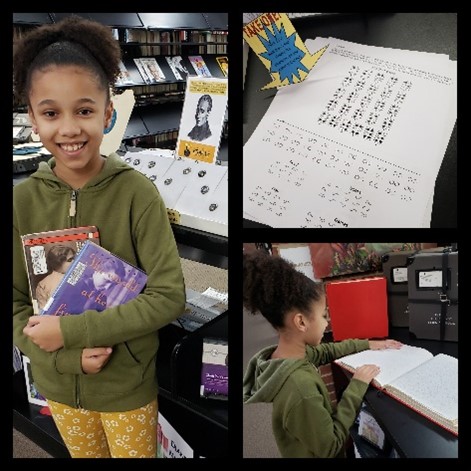
The display itself includes all three volumes of Zane Grey’s book, To the Last Man, written in Braille and regular print for comparison, as well as another book on vinyl record and a collection of audiobooks on CDs. The Mississippi Library Commission offers talking book services for eligible blind or visually impaired residents to receive materials at no cost. If you know of anyone that might benefit from using this service, please see a librarian and they would be happy to provide you with the information you need to get started or help you with an application.
As the month of January comes to an end and a new display is planned in its place, I hope you have had a chance to learn a little about Braille and see for yourself how the blind read. It’s not too late to stop by and pick up an activity sheet to practice on- and who knows, maybe you will be inspired just like Ava was to learn a bit more about some of these other people who did not let their visual challenges define their success…
Louis Braille: founder of the Braille system of reading and writing for the blind and visually impaired.
Helen Keller: blind and deaf American author, disability rights and political activist, and lecturer.
Stevie Wonder: Rock & Roll Hall of Fame singer, songwriter, and multi-instrumentalist.
Ronnie Milsap: one of the most influential country music artists of all time.
Marla Runyan: the first legally blind person to compete as a runner in the Olympics.
Erik Weihenmayer: the first blind person to reach the summit of Mount Everest.
